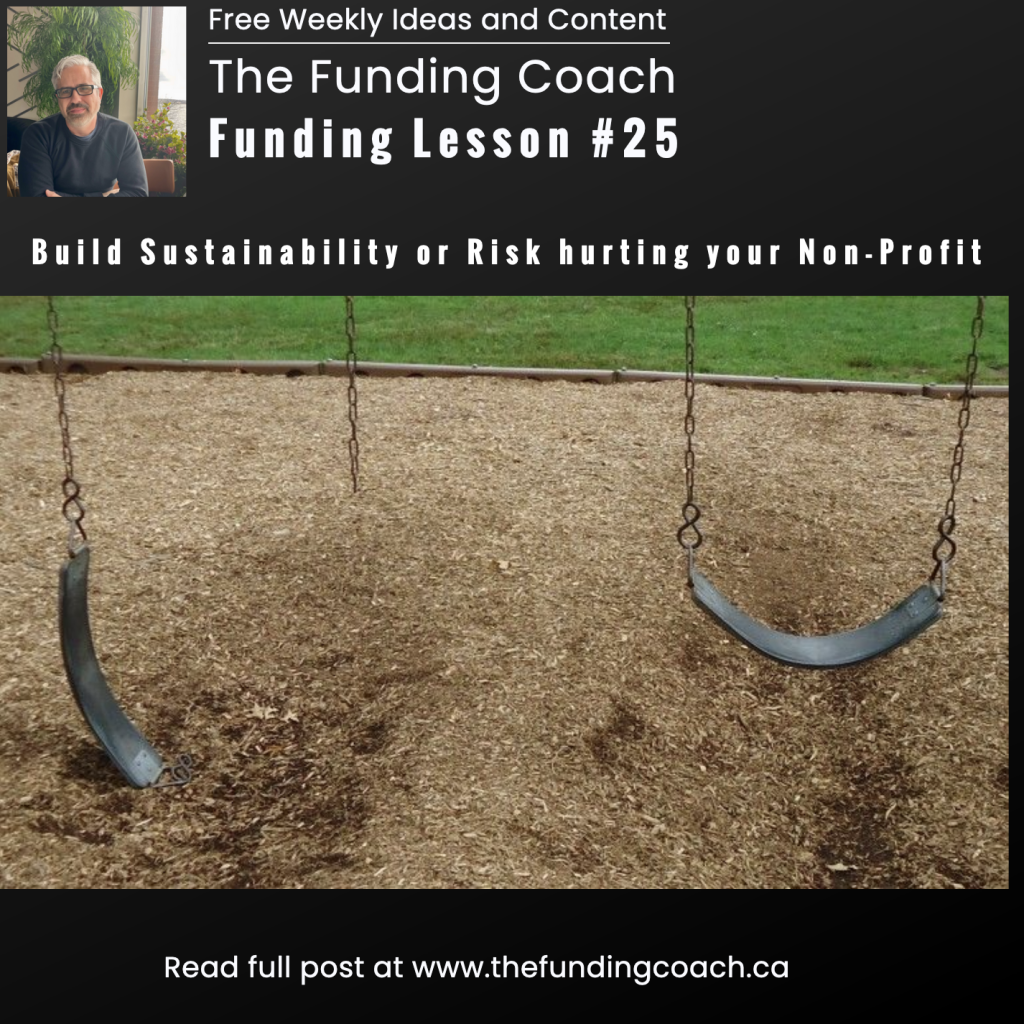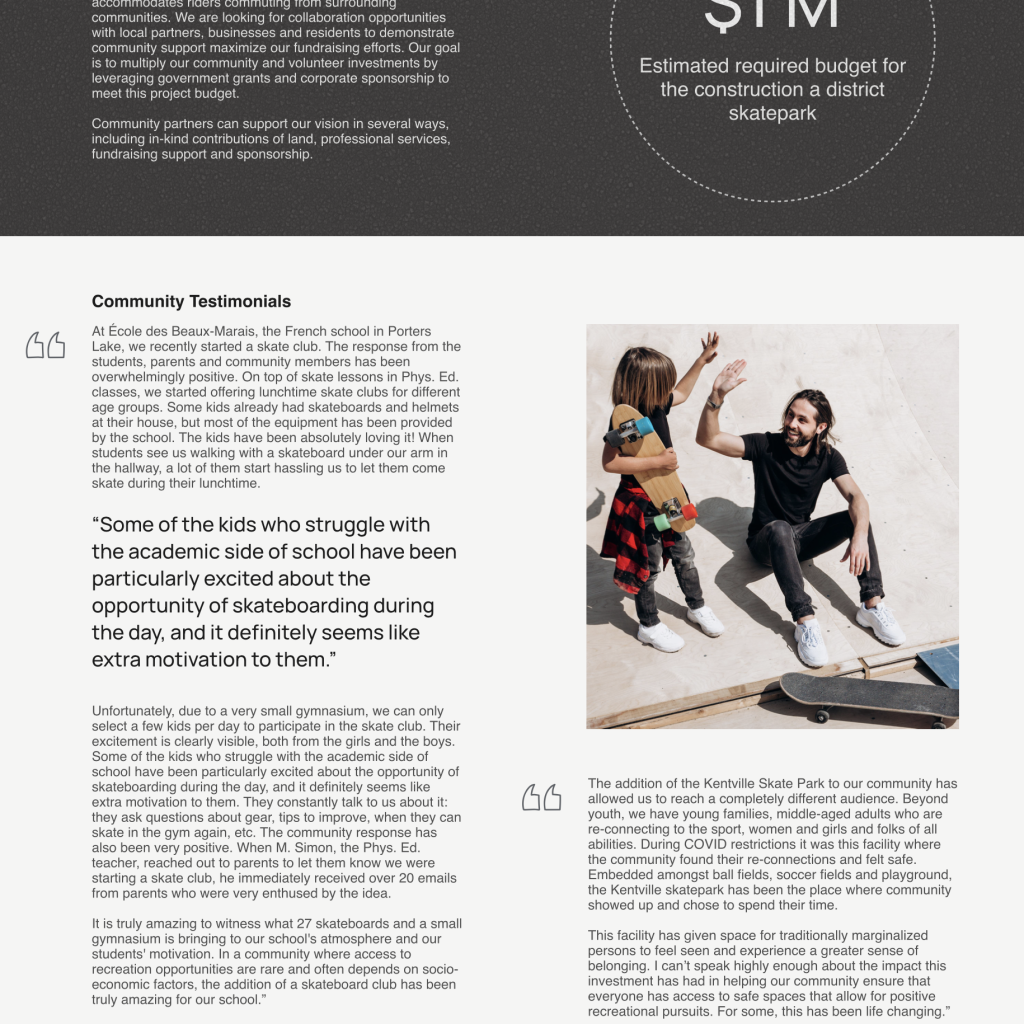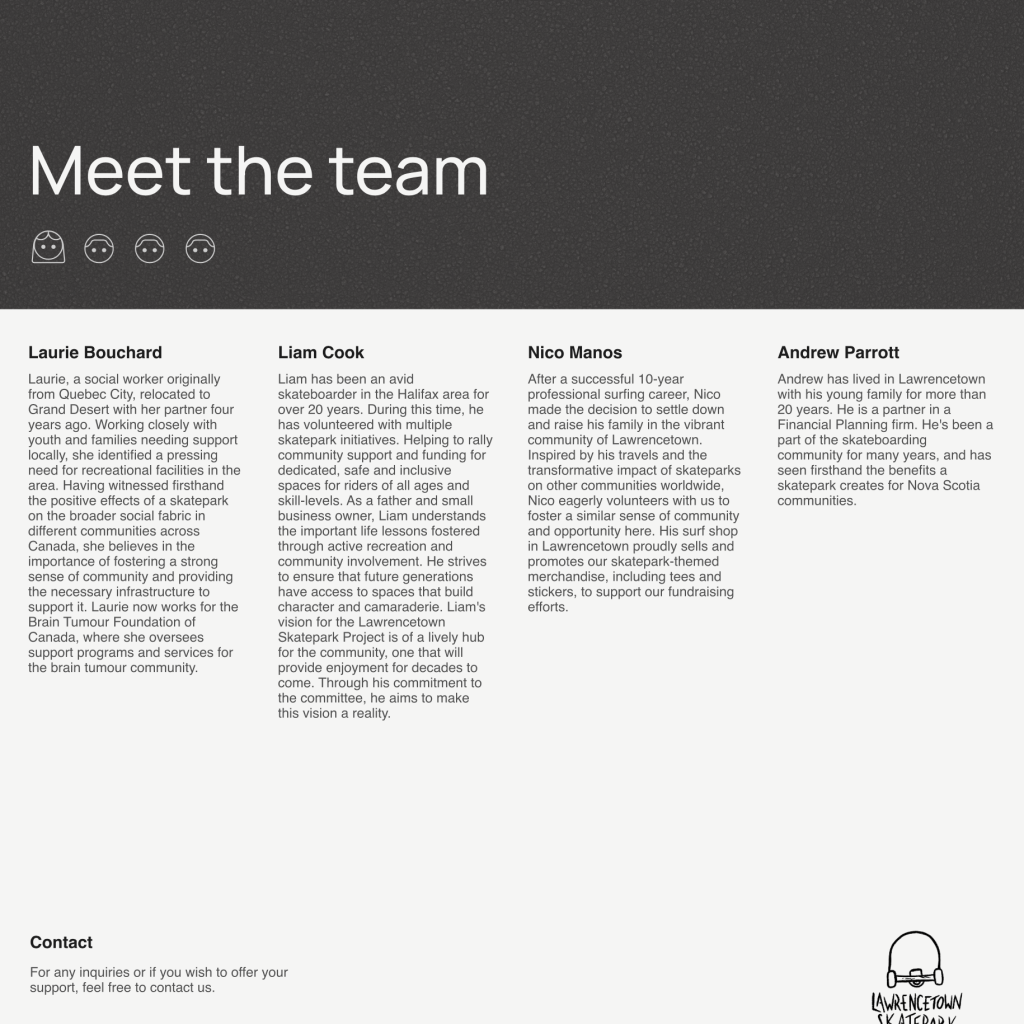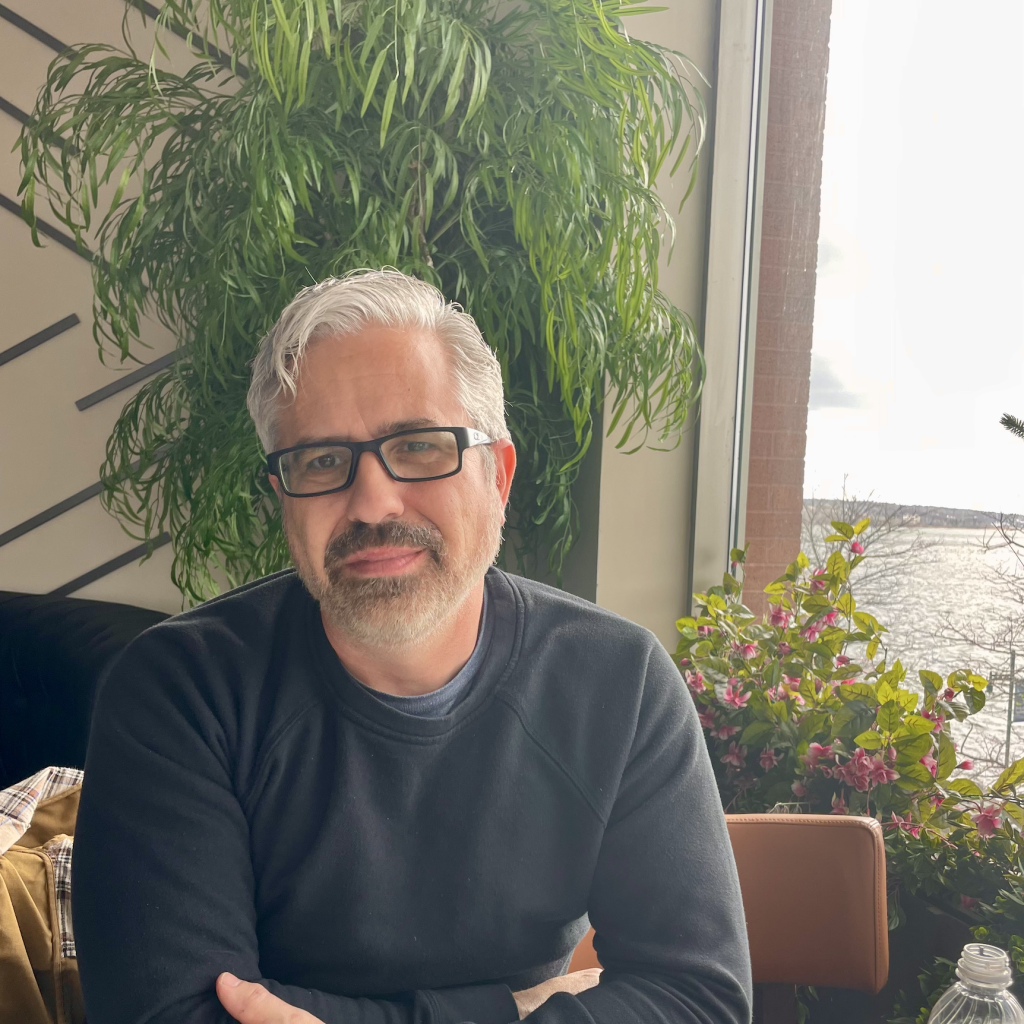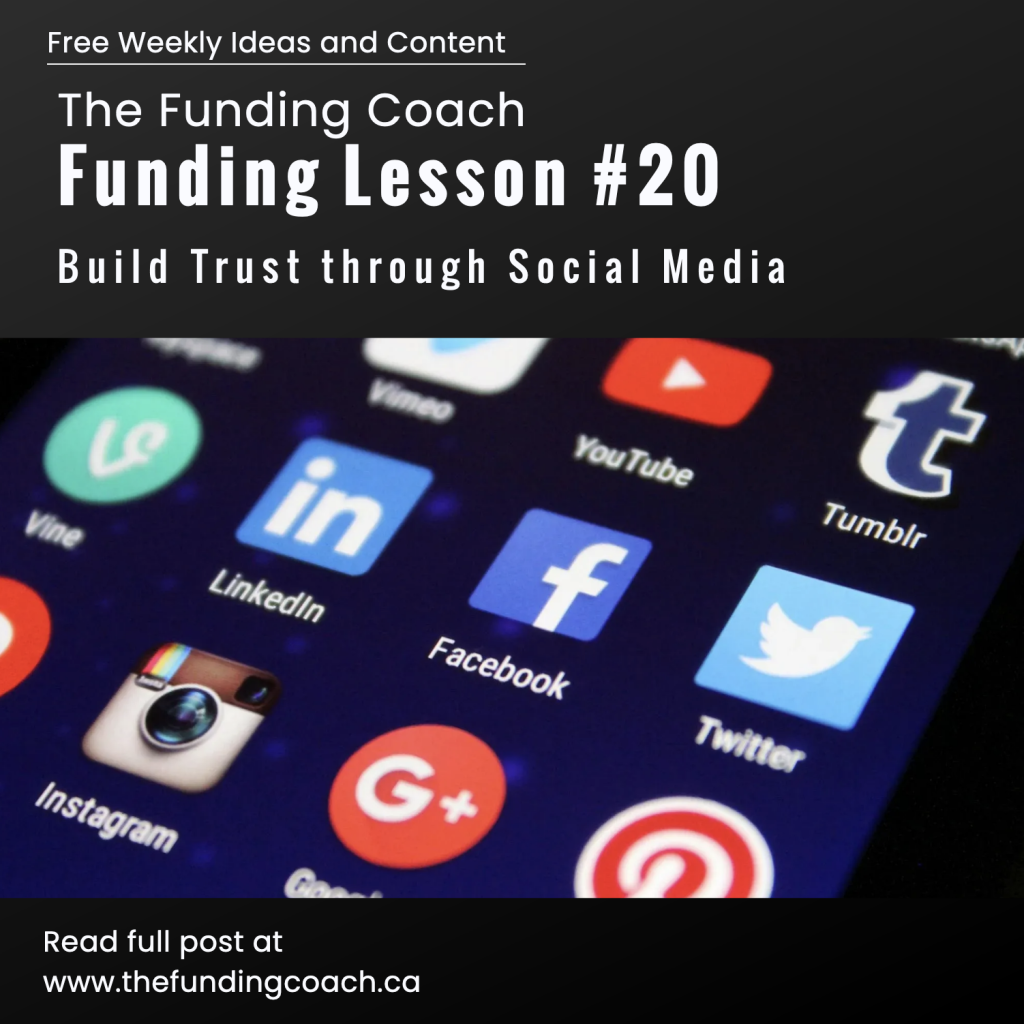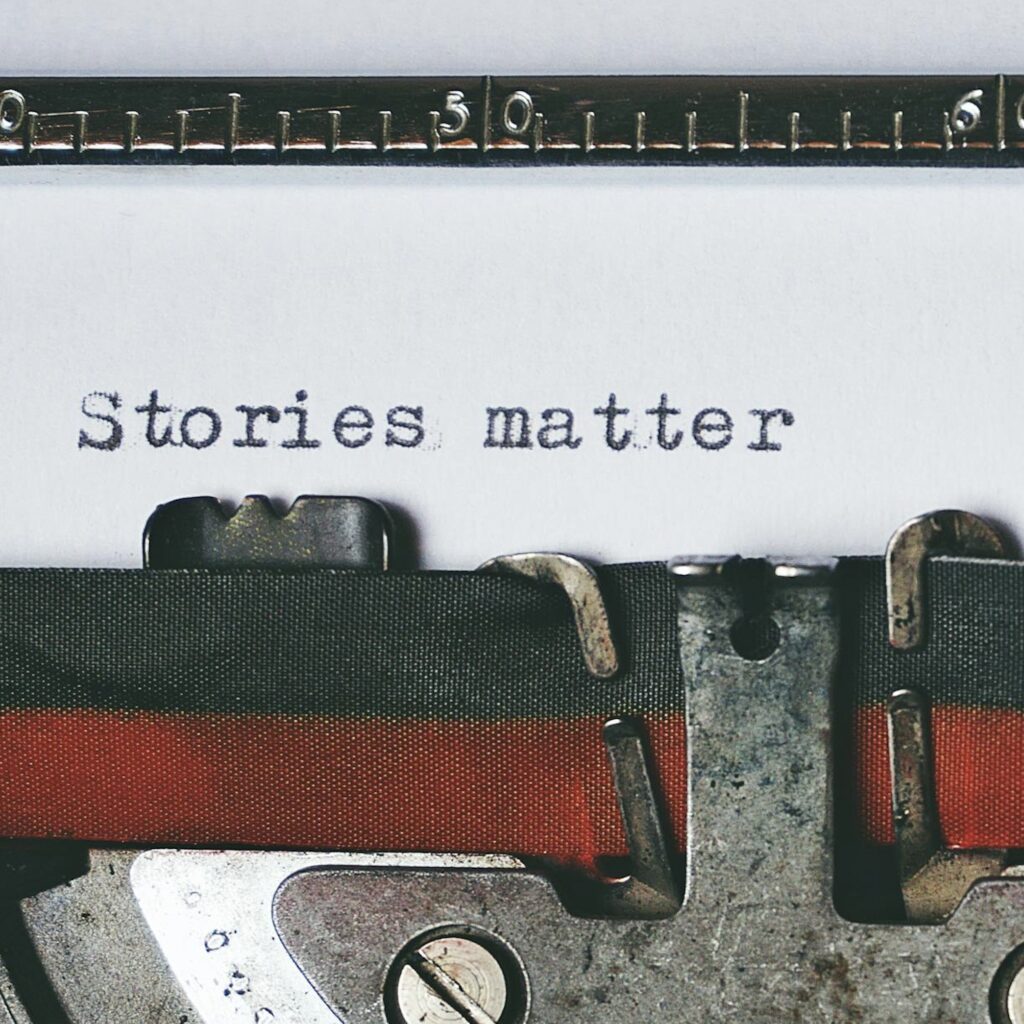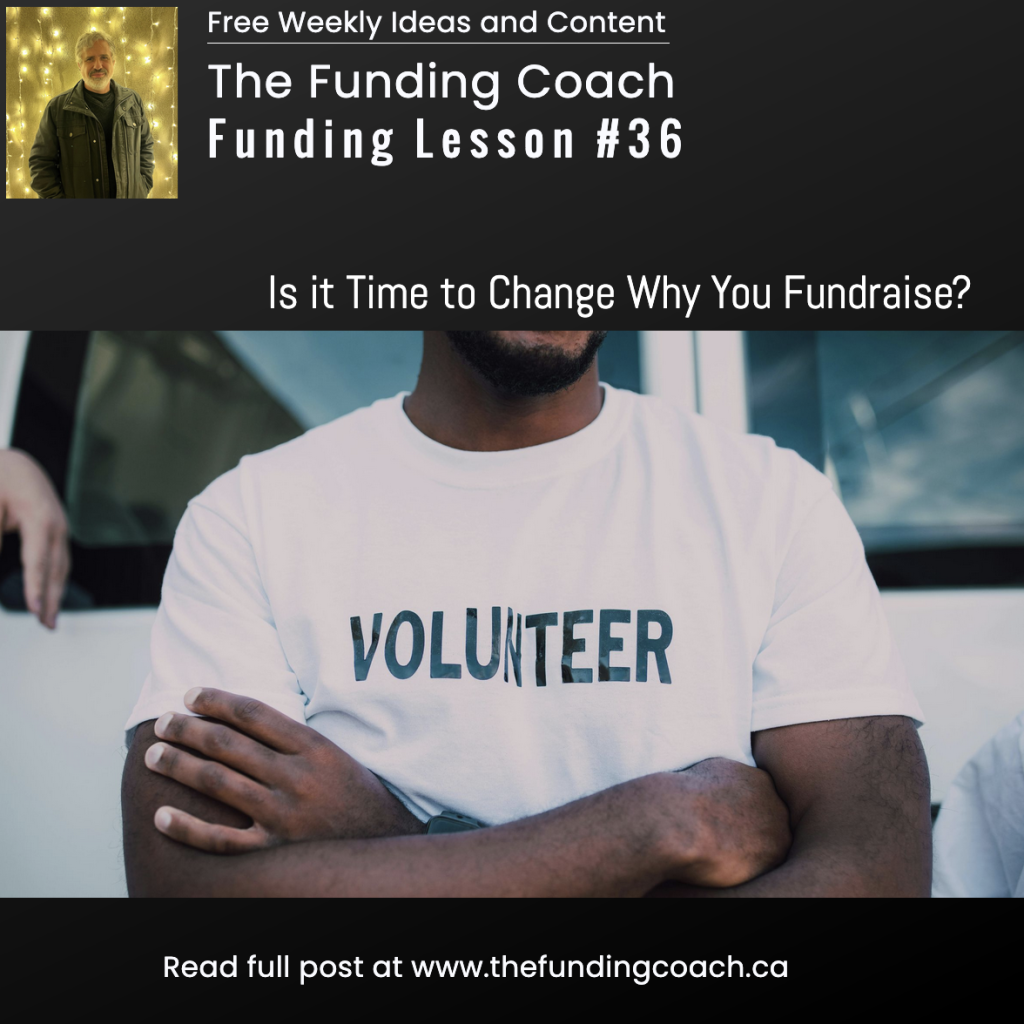
As your organization evolves, you may find that traditional community fundraisers are no longer enough to meet your growing financial needs. Does that mean it’s time to stop fundraising altogether? Absolutely not! The key is shifting the why and the how behind your fundraising efforts.
Here’s the truth: Fundraising is about so much more than just money—it’s about building a community that believes in your mission. Here are a few ideas on hot to transform your fundraising strategy:
Shift from just fundraising to Community-Building�Use your fundraisers as opportunities to build support for your cause. Get people involved — let them feel connected to your mission and become long-term advocates. It is also an opportunity to do sometime your whole team, volunteers, and clients who will all have to work together.
Involve people in your journey—let them see YOU�Your smaller fundraisers can be much more than a simple event—they can become gatherings that engage your community, raise awareness, and foster connections. People want to support something they believe in, but they also want to connect with the individuals behind the cause. Use fundraisers to share your story, your challenges, and your victories.
Expand your reach—both locally and digitally�Building community isn’t just about in-person connections; it’s about expanding your social media presence and connecting with a broader audience. You can use events to grow your social media reach by getting people to follow, engage with online content, contests, and more.��
Online fundraisers are also powerful tools, but they should be crafted in a way that encourages people to share them. Make your campaigns shareable by telling a compelling story, using visuals, and clearly explaining why your cause matters. Ask your supporters to spread the word—and make it easy for them by creating content they can easily share with their networks.
Done right, you can turn every fundraiser into a community event that drives awareness, engagement, and a real connection to your mission. By shifting your strategy, you’re not only raising funds but also creating a movement that brings people together for a common cause.


